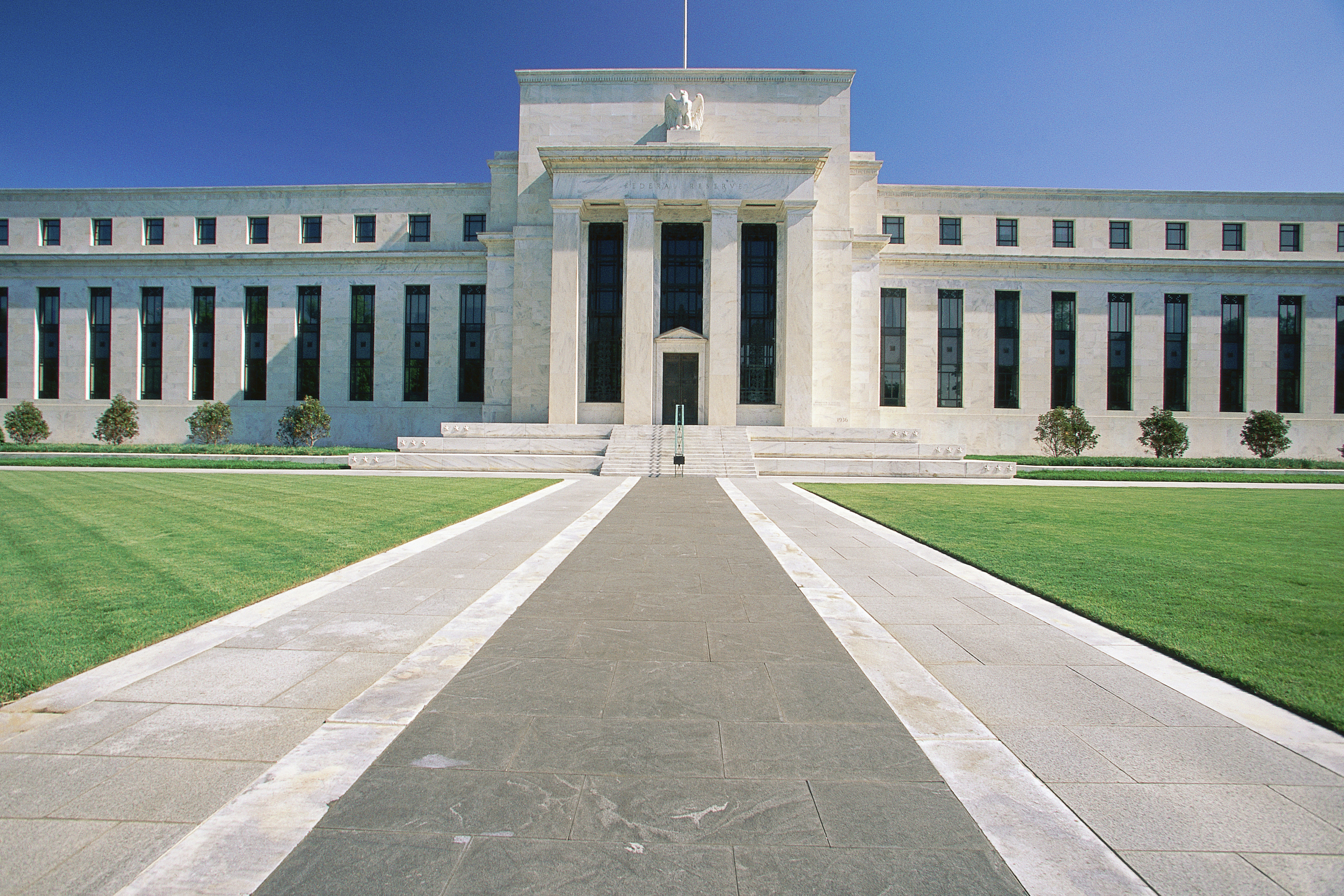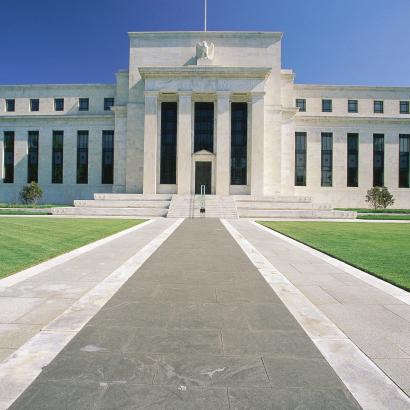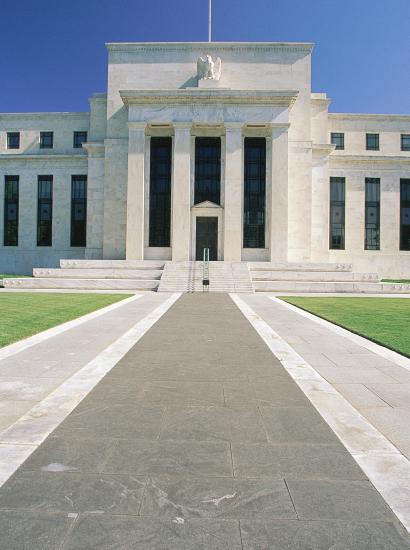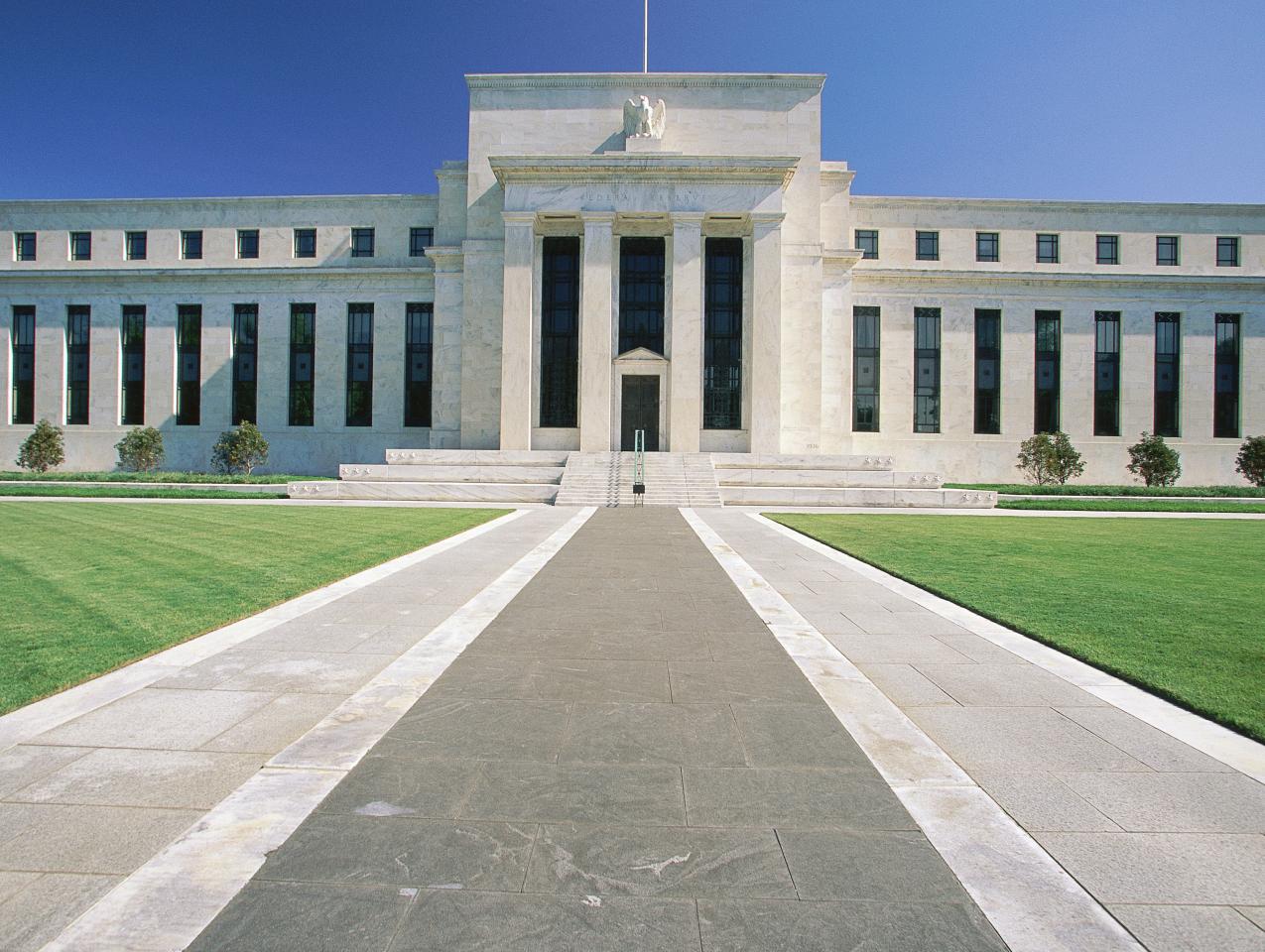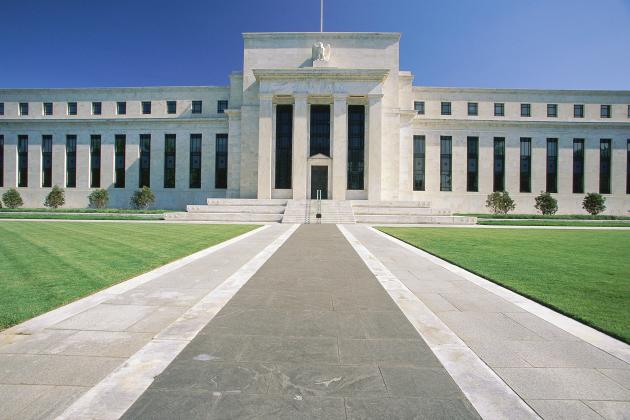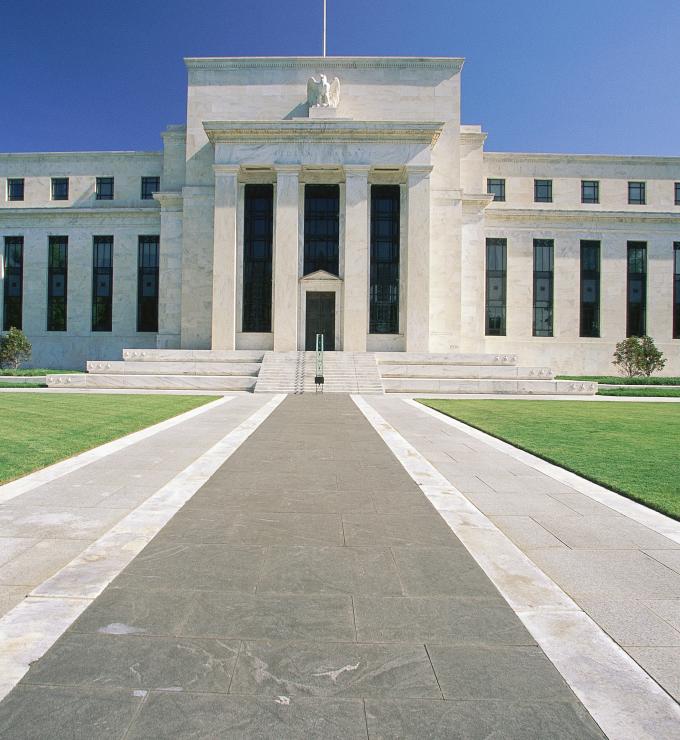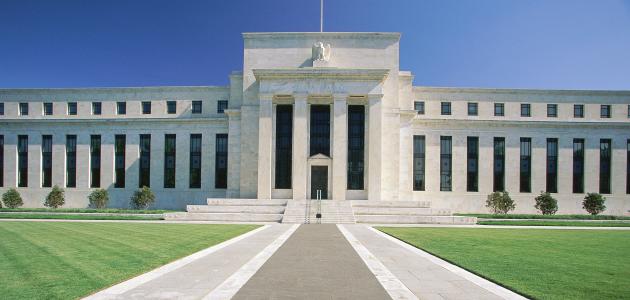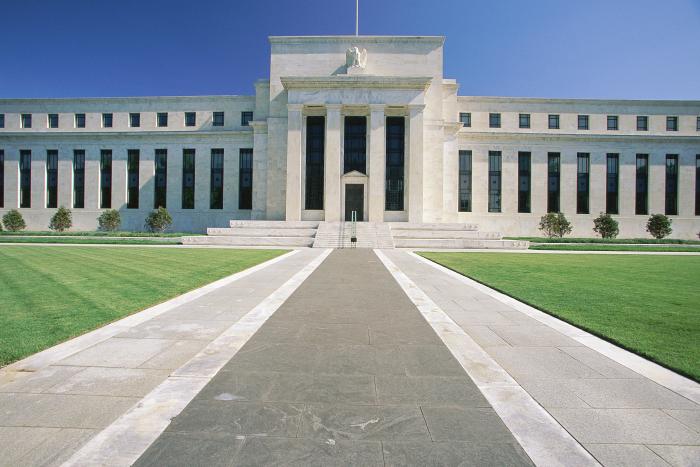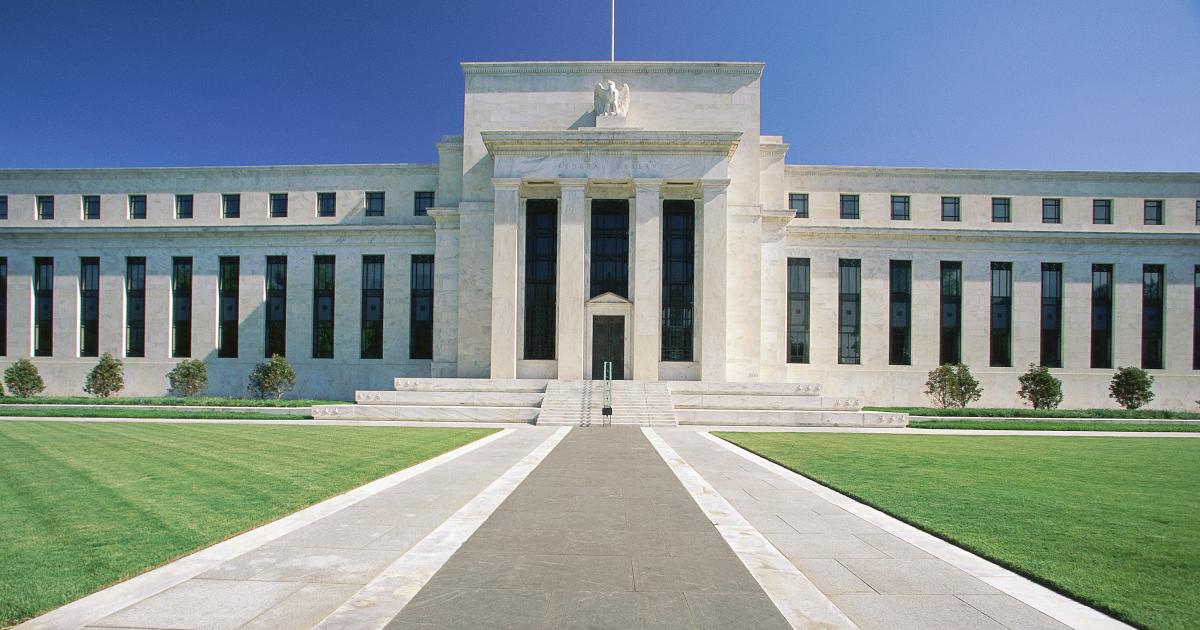- Economics
- Monetary Policy
Economist Richard Koo diagnosed Japan's crash in the early 1990s and subsequent two decades of economic malaise as a "balance-sheet recession." That conclusion wasn't lost on the Federal Reserve during the financial crisis of 2008-09. The Fed engineered an emergency response to craft what can best be described as a balance-sheet recovery.
At its policy meeting earlier this week, the Fed made clear that it's scarred, if no longer scared, by the crisis. Extraordinarily loose monetary policy will continue in force. While the Fed's monthly asset purchases will decline, short-term interest rates will remain pinned near zero. And long-term rates need not move higher—the Fed assures us—even with improving inflation dynamics, credit markets priced-for-perfection, and stock prices at record levels.
The aggregate wealth of U.S. households, including stocks and real-estate holdings, just hit a new high of $81.8 trillion. That's more than $26 trillion in wealth added since 2009. No wonder most on Wall Street applaud the Fed's unrelenting balance-sheet recovery strategy. It's great news for those households and businesses with large asset holdings, high risk tolerances and easy access to credit.
Yet it provides little solace for families and small businesses that must rely on their income statements to pay the bills. About half of American households do not own any stocks and more than one-third don't own a residence. Never mind the retirees who are straining to make the most of their golden years on bond returns.
The Fed's extraordinary tools are far more potent in goosing balance-sheet wealth than spurring real income growth. The most recent employment report reveals the troubling story for Main Street. While 217,000 jobs were created in May, incomes for most Americans remain under stress, with only modest improvements in hours worked and average hourly earnings.
It's taken a full 76 months for the number of people working to get back to its previous peak, a discomfiting postwar record. Unfortunately, during the same period the U.S. working-age population increased by more than 15 million people. That's why the share of the working-age population out of work is now at a 36-year high. There are now more Americans on disability insurance than are working in construction and education, combined.
Meanwhile, corporate chieftains rationally choose financial engineering—debt-financed share buybacks, for example—over capital investment in property, plants and equipment. Financial markets reward shareholder activism. Institutional investors extend their risk parameters to beat their benchmarks. And retail investors belatedly participate in the rising asset-price environment.
All of this lifts balance-sheet wealth, at least for a while. But real economic growth—averaging just a bit above 2% for the fifth year in a row—remains sorely lacking.
Higher asset prices are not translating into meaningful increases in capital expenditures, and the weak growth in business investment is proving to be an opportunity-killer for workers. Those with jobs have some job security. But they are less willing to run the risk of finding a better opportunity, or negotiating for higher wages.
Those without jobs, especially in the younger cohorts without a post-high school education, do not attach to the workforce, thus never gaining the entry-level skills and discipline to build a career. The malaise in the labor markets—and muted business investment—help explain why productivity measures are a full percentage point below historical norms.
The Fed's latest forecast has the economy growing above 3% during the balance of this year and next, and the unemployment rate falling to about 5.5% by the end of 2015. If the Fed's sanguine scenario finally comes to pass, interest rates are likely to move meaningfully higher across the yield curve. The money pouring into the financial markets may be redirected, in part, to the real economy. Stocks, leveraged loans and real estate are likely to re-price in a higher interest-rate environment. If rates move quickly or unexpectedly, the vaunted balance-sheet recovery could suffer a blow.
What if there is an unexpected shock that causes the economy to slow in the next year or two? The Fed would surely be called upon to bolster asset prices and stimulate the real economy. But would a return to $85 billion per month of bond-buying really be effective? We are skeptical that either Wall Street or Main Street would be comforted by quantitative-easing redux.
Balance-sheet wealth is sustainable only when it comes from earned success, not government fiat. Wealth creation comes from strong, sustainable growth that turns a proper mix of labor, capital and know-how into productivity, productivity into labor income, income into savings, savings into capital, capital into investment, and investment into asset appreciation.
The country needs an exit from the 2% growth trap. There are no short-cuts through Fed-engineered balance-sheet wealth creation. The sooner and more predictably the Fed exits its extraordinary monetary accommodation, the sooner businesses can get back to business and labor can get back to work.
What is the difference between 2% growth and 3% growth in the U.S. economy? As the late economist Herb Stein recounted, the answer is 50%. And the real difference is one between a balance-sheet recovery that helps the well-to-do and an income-statement recovery that advances the interests of all Americans.
Mr. Warsh, a former Federal Reserve governor, is a distinguished visiting fellow at Stanford University's Hoover Institution and a lecturer at the Stanford Graduate School of Business. Mr. Druckenmiller was the founder of Duquesne Capital, and is the CEO of the Duquesne Family Office.







